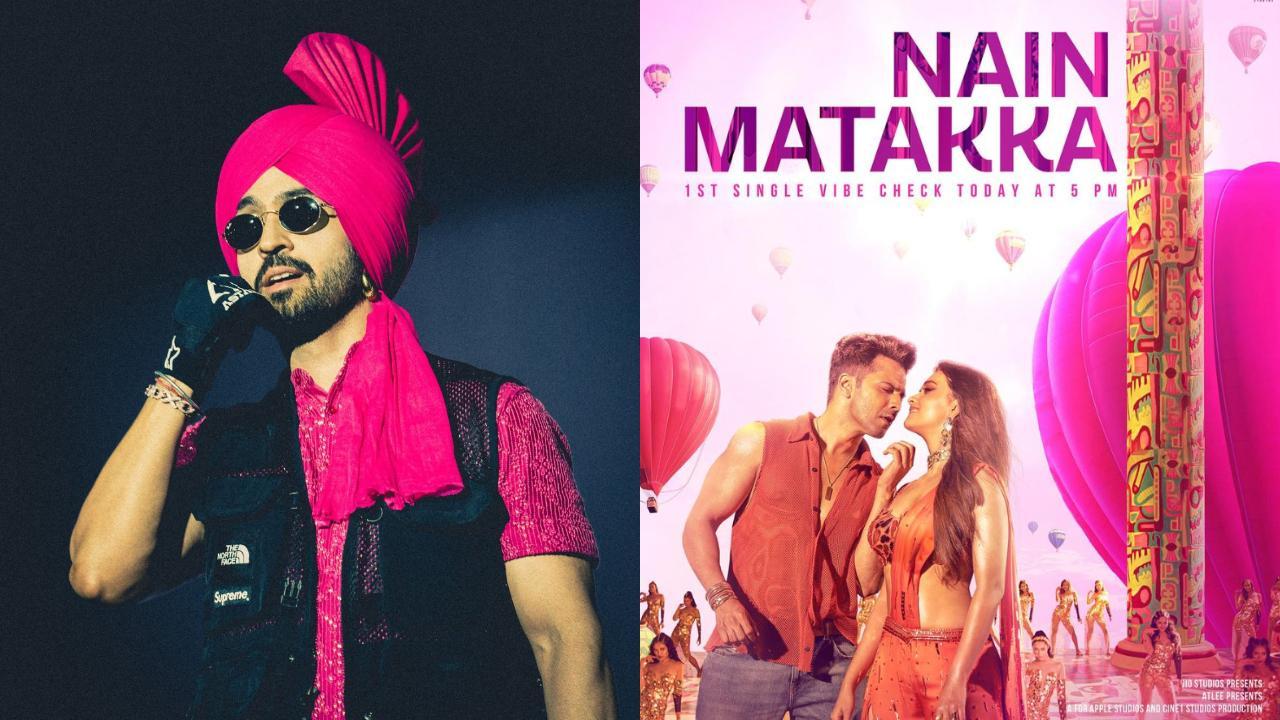What constitutes the perfect submission for the Academy Award for Best Foreign Language Film? It’s a question that haunts not only the Film Federation of India jury, responsible for announcing our official submission, but also our filmmakers and cinephiles alike. We argue and we try and we choose, and yet, the answer eludes us every year. Why else has it been 23 years since became the last Indian film to make it to the final shortlist for nominations? A cautious answer to this question would be, “Whatever captures the fascination of the Oscars jury.
” But what exactly does? Ultimately, it’s about catering to the tastes and whims of the Western imagination—it’s their award, after all. This isn’t simply about selecting what we believe to be the best film we have made during the year. Instead, it’s about identifying which film we think has the best shot at getting nominated—setting aside, for now, the question of actually winning.
Take last year, for instance. SS Rajamouli’s sparked a frenzy of Western interest—a momentum we might have been wise to ride. Yet, we chose by Pan Nalin, a charming film, yes, but one whose theme is rather familiar to Western audiences.
And now, we place our hopes in , a delightful film co-produced by Aamir Khan, the actor in our last Foreign Language Oscar-nominated film. The second directorial of Kiran Rao, this film gently places us in the heart of rural India with an undistracted gaze on its women—the lives they are expected .


















